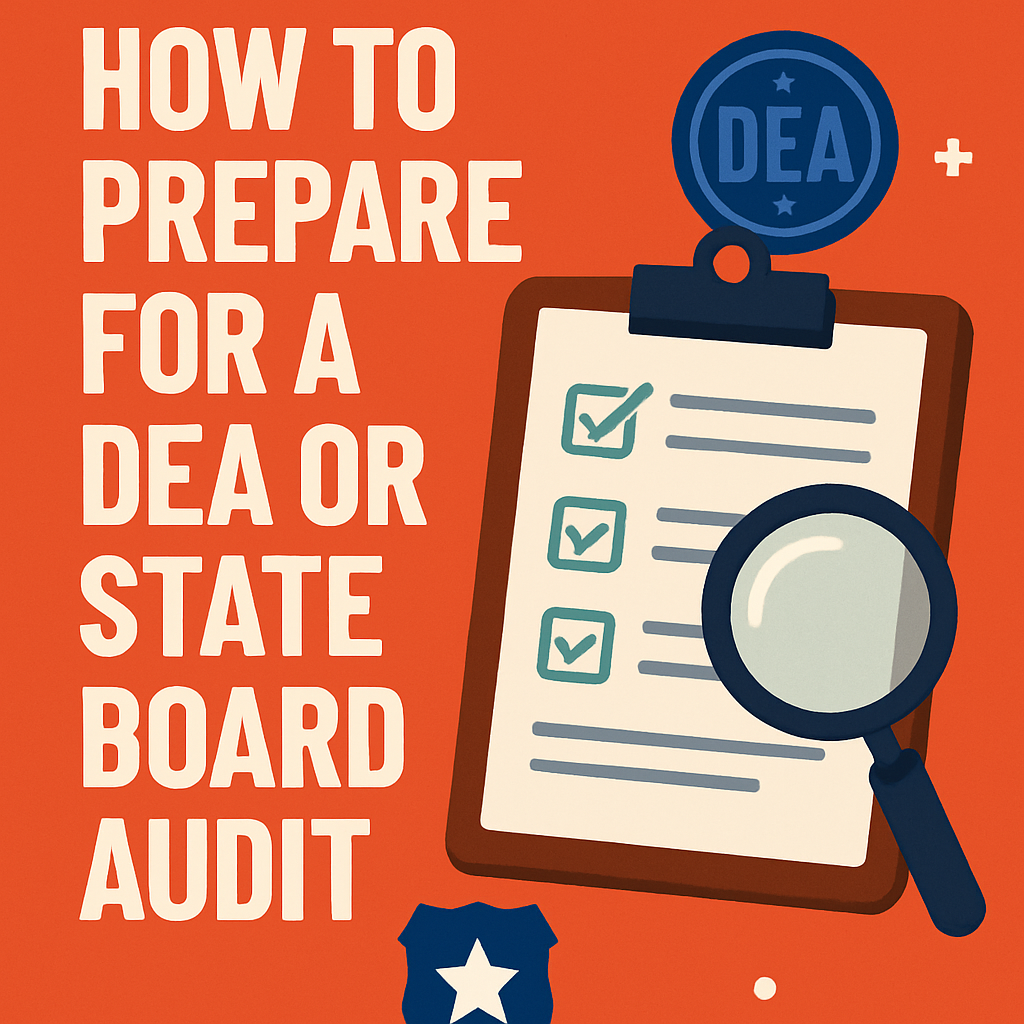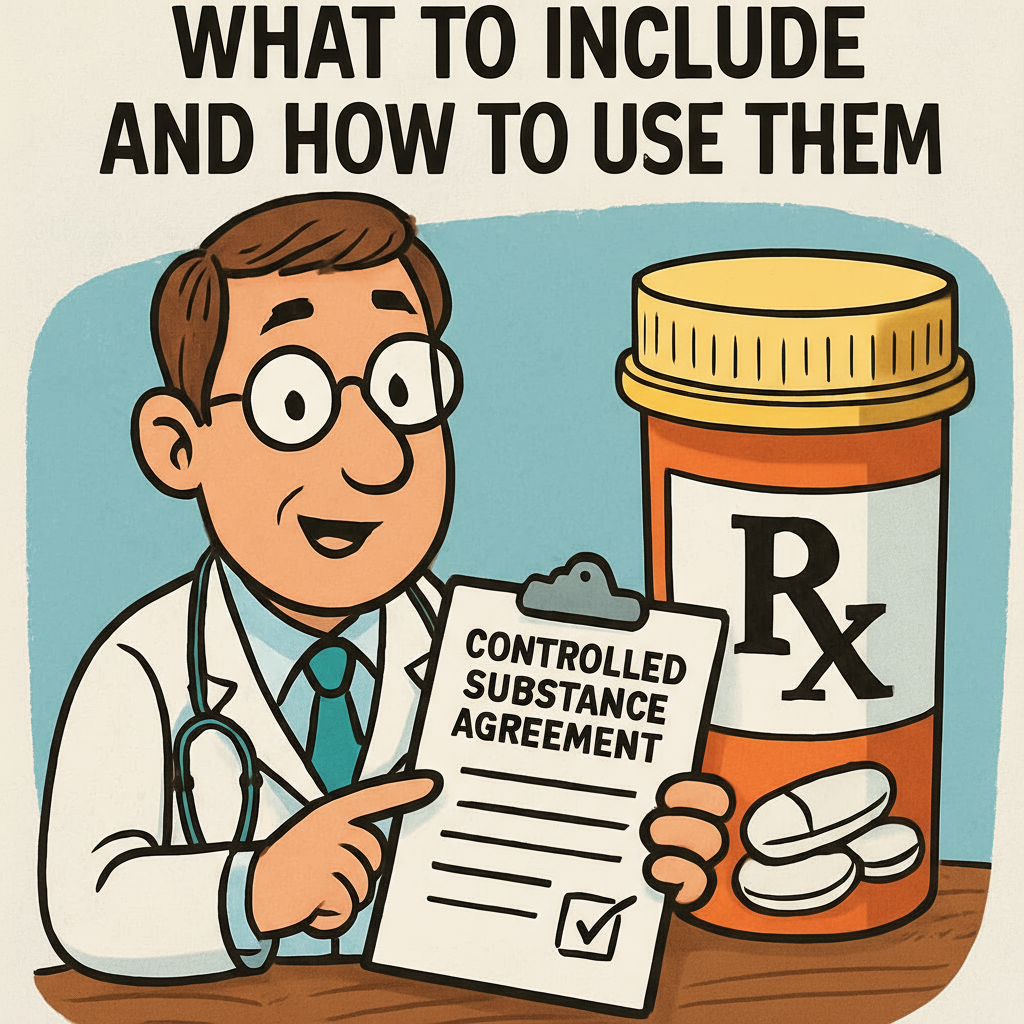
Polypharmacy in Chronic Pain & Psychiatry: Why It’s Often the Only Way to Help Patients Function
Doug Jorgensen
February 19, 2025
Introduction: The Reality Most People Don’t See
“Polypharmacy” gets a bad rap.
Say the word, and many people—providers included—picture a shoe box full of pill bottles, a confused patient, and a recipe for drug interactions.
Yes, that can happen. And yes, medication overload is a problem in healthcare.
But here’s the other side of the truth:
For patients with chronic pain or complex psychiatric conditions, multiple medications from different classes are often the only way they can function.
In my decades of practice, I’ve seen patients go from homebound and hopeless to working, parenting, and engaging in life—because of the right combination of medicines used thoughtfully.
What Polypharmacy Really Means
At its simplest, polypharmacy is:
The concurrent use of more than one medication to treat a single condition or multiple coexisting conditions.
That’s not inherently bad.
It becomes a problem only when:
- Medications are unnecessary
- They duplicate effects
- They create more harm than benefit
- There’s no clear monitoring or plan
In pain management and psychiatry, the right combinations can be the difference between living and merely existing.
Why One Medication Is Rarely Enough
1. Pain Is Multidimensional
Chronic pain isn’t just about tissue damage. It involves nerve signaling, inflammation, muscle tension, mood, and even sleep disruption. One pill can’t address all of that.
2. Psychiatric Conditions Are Complex
Anxiety, depression, ADHD, bipolar disorder—these conditions rarely exist in isolation. Symptoms overlap and interact, requiring a layered approach.
3. Lower Doses, Better Safety
Multiple medications at lower doses can often control symptoms with fewer side effects than one medication at a maximum dose.
Common Polypharmacy Examples in Chronic Pain
A thoughtful pain regimen might combine:
- Opioid analgesic (for severe, refractory pain)
- Anticonvulsant like gabapentin (for nerve pain)
- Muscle relaxant (for spasm-related pain)
- NSAID (for inflammation)
- Antidepressant (for mood stabilization and pain modulation)
The goal is to target different mechanisms of pain while keeping each drug’s dose—and therefore its risk—as low as possible.
Common Polypharmacy Examples in Psychiatry
A patient with bipolar depression and anxiety might be prescribed:
- Mood stabilizer (lithium, lamotrigine)
- Antidepressant (with careful selection to avoid triggering mania)
- Anxiolytic (short-term benzodiazepine for acute episodes)
- Stimulant (if comorbid ADHD is present)
Again, the aim is synergy, not overload.
The Role of Controlled Substances in Polypharmacy
This is where the conversation gets tricky.
Controlled substances—opioids, benzodiazepines, stimulants—can be crucial in the right cases.
The problem isn’t their presence in a regimen; it’s the lack of monitoring when they’re prescribed.
Risk mitigation in polypharmacy should include:
- Pill counts
- Regular reassessment of goals and functionRisk mitigation in polypharmacy should include:
- Prescription Monitoring Program (PMP) checks
- Controlled substance agreements
- Urine drug testing
- Pill counts
- Regular reassessment of goals and function
The Risks of Doing It Wrong
Polypharmacy without proper oversight can lead to:
- Dangerous drug-drug interactions
- Sedation and fall risk (especially in older adults)
- Worsening cognitive function
- Increased dependence risk
This is why documentation and patient education are non-negotiable. The patient needs to understand not just what they’re taking, but why.
Why “Deprescribing” Isn’t Always the Answer
There’s a growing push in medicine to “deprescribe” as many medications as possible.
In some cases, that’s exactly what’s needed. In others, it can be harmful—removing a key piece of symptom control without an effective substitute.
The better approach is “right-prescribing”:
- Keep what’s working and necessary
- Remove what’s redundant or harmful
- Add only when the benefit outweighs the risk
Final Thoughts: Polypharmacy Is a Tool, Not a Failure
Multiple medications don’t automatically mean bad medicine.
For many patients with chronic pain and psychiatric illness, it’s the only medicine that works.
The real measure of good prescribing isn’t the number of medications—it’s:
- Function
- Safety
- Quality of life
If we can achieve those, then polypharmacy—done right—is not a liability.
It’s a lifeline.
About the Author
Douglas J. Jorgensen, DO, CPC, FAAO, FACOFP
Dr. Doug is a physician and national consultant specializing in pain management compliance and psychiatric prescribing strategies. He teaches providers how to balance effective treatment with safe, compliant medication use.


